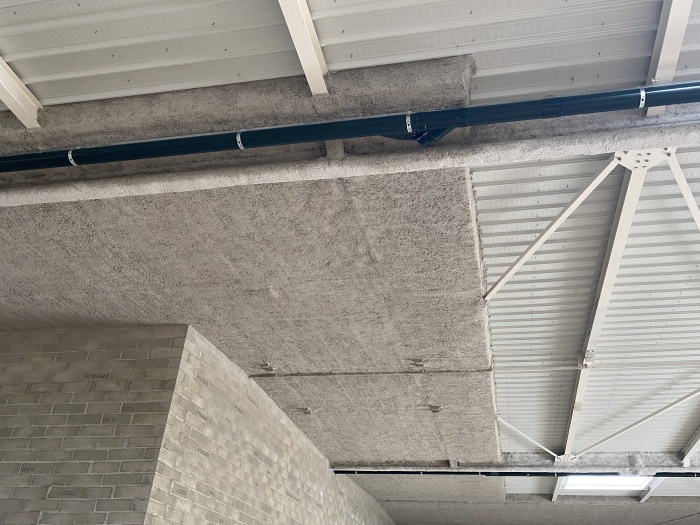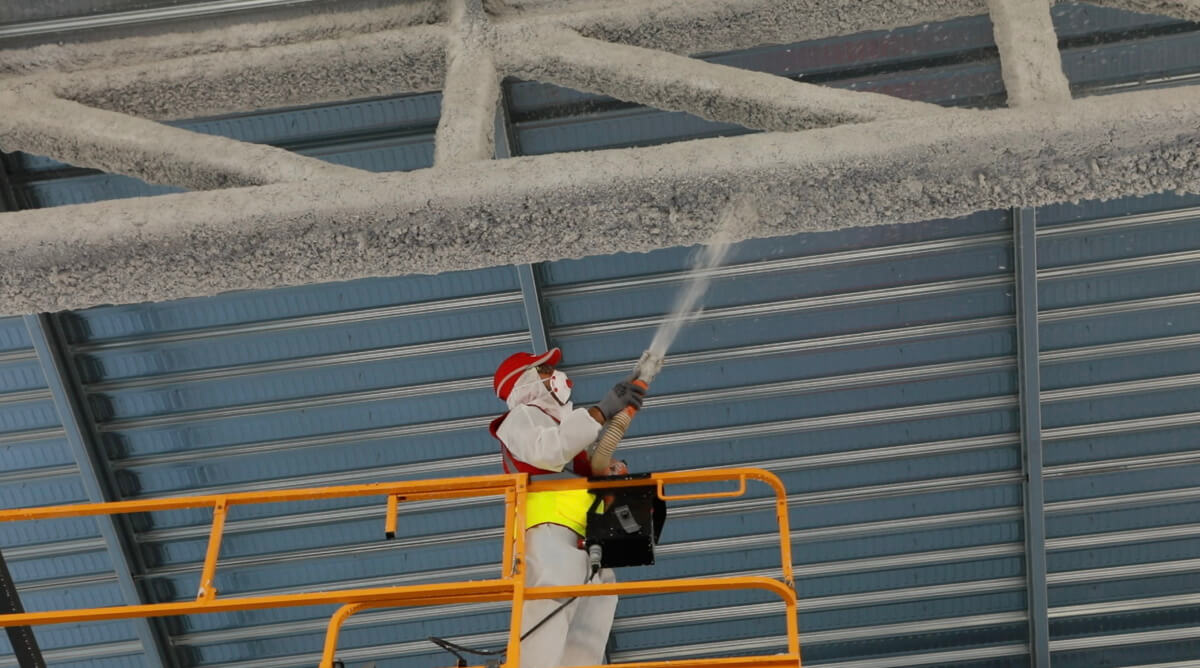The importance of passive fire protection
Passive fire protection plays a preventive role. Passive fire protection consists in a set of design measures that help safeguard a building's mechanical stability and limit the spread of fire for a given time. This period is fixed by current regulations according to building type. Passive fire protection is, therefore, a key factor in building construction or retrofitting.
The passive fire protection of buildings complements the installation of active fire protection systems (sprinklers, extinguishers, etc.) which is necessary but insufficient.
Building fire protection safety standards
As a professional, you are required to comply with building safety standards.
The purpose of the safety regulation is to:
- Prevent the origin, development and spread of fires
- Limit the spread of fire
- Ensure the fire stability of structural elements in the event of fire
- Prevent the fire from spreading to neighbouring buildings
- Ensure the safety of occupants and their evacuation
- Facilitate intervention by the fire brigade
- Reduce operating losses

